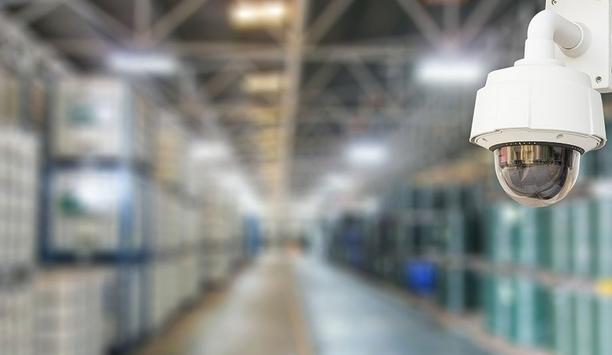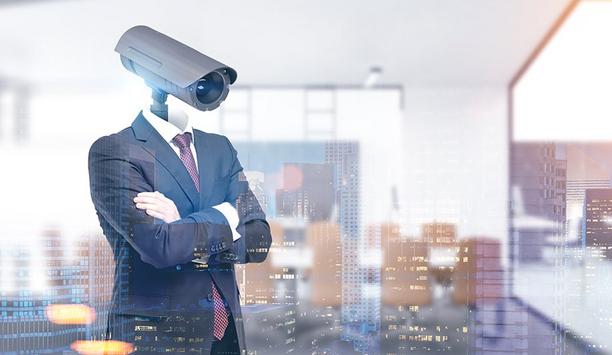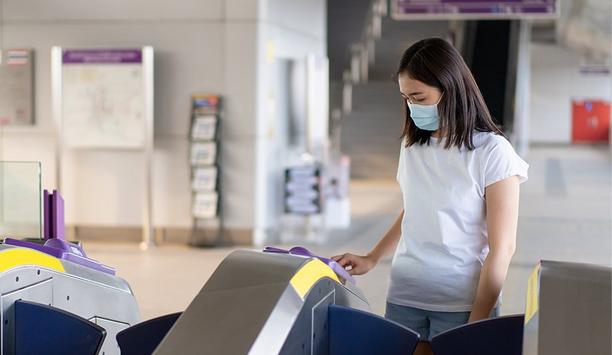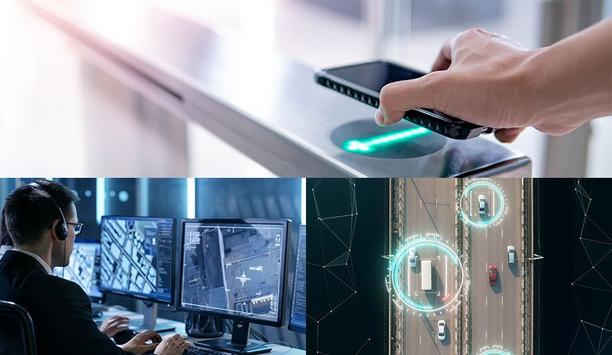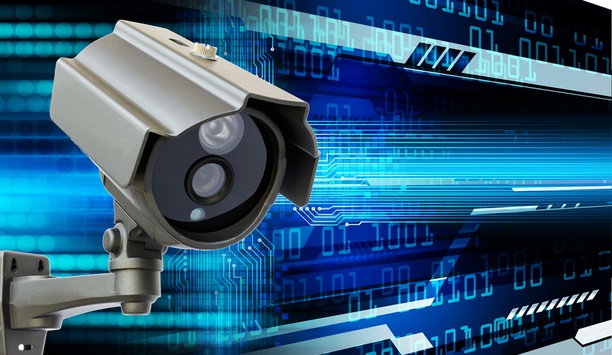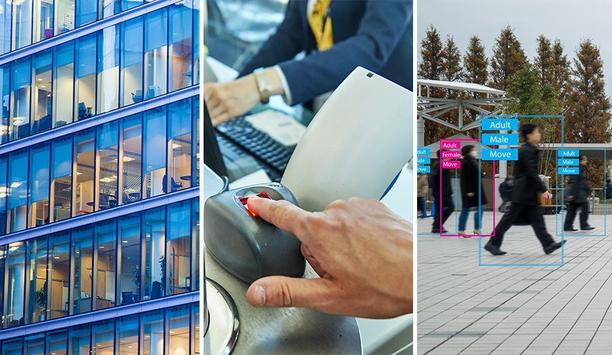Aaron Saks

Aaron Saks
Product and Technical Manager, Hanwha Vision AmericaAaron is responsible for Hanwha’s Learning and Education initiatives for various user groups, and manages Hanwha’s Wisenet Professional Certification program. Over the past 10 years, he has served as a video surveillance subject matter expert, presented at many technology events such as security conventions, seminars and road shows and is regarded as a leading expert in the video surveillance and security industry.
Round table contributions
The last regularly scheduled spring ISC West trade show was held in 2019. The show returned last year with a rescheduled event in the summer, and attendees were largely pleased with the offerings. How...
Supply chain issues have plagued the economic recovery during and after the COVID-19 pandemic, and the problems show every indication of persisting for months or even years to come. Supply chain chall...
We appreciate the variety of opinionated discussions offered throughout the year by our Expert Panel Roundtable. Looking back at 2021, we found some random and uncategorized Expert Panel responses tha...
Digital video systems are driven by software, whether it’s in the cloud, installed on an off-the-shelf server, contained inside a dedicated appliance, or even inside the camera at the edge. Like...
Assembling security solutions has long been considered the role of the integrator, whose role is to pick and choose the best technology tools and then to assemble the complete system. However, more ma...
“Deep learning” is recently among the more prevalent jargon in the physical security industry, and for good reason. The potential benefits of this subset of artificial intelligence (AI) ar...
Adoption of General Data Protection Regulation (GDPR) by the European Union in 2016 set a new standard for data privacy. But adherence to GDPR is only one element, among many privacy concerns sweeping...
In the past few weeks, the light at the end of the COVID-19 tunnel has brightened, providing new levels of hope that the worst of the pandemic is behind us. Dare we now consider what life will be like...
Security systems are vital to any company. Nowadays, however, they can also provide additional benefits to any enterprise beyond protecting people, assets and facilities. Specifically, systems that we...
Internet-based training has long provided a less-expensive alternative to in-person classroom time. There are even universities that provide most or all of their instruction online. However, the COVID...
Artificial intelligence is more than just the latest buzzword in the security marketplace. In some cases, smarter computer technologies like AI and machine learning (ML) are helping to transform how s...
Facial recognition is the latest technology to be targeted because of concerns about privacy. If such concerns cloud the public perception, they can be harmful to technology markets. Whether the conce...
Traditionally, security industry professionals have often come from backgrounds in law enforcement or the military. However, the industry is changing, and today’s security professionals can bene...
School shootings are a high-profile reminder of the need for the highest levels of security at our schools and education facilities. Increasingly, a remedy to boost the security at schools is to use m...
Serving customer needs is the goal of most commerce in the physical security market. Understanding those needs requires communication and nuance, and there are sometimes surprises along the way. But i...
Articles by Aaron Saks
Camera apps provide flexibility that is unheard-of with traditional server-based processing and analytics solutions The ability to customize IP video surveillance cameras with third...
News mentions
The last regularly scheduled spring ISC West trade show was held in 2019. The show returned last year with a rescheduled event in the summer, and attendees were largely pleased with the offerings. How...
Supply chain issues have plagued the economic recovery during and after the COVID-19 pandemic, and the problems show every indication of persisting for months or even years to come. Supply chain chall...
Digital video systems are driven by software, whether it’s in the cloud, installed on an off-the-shelf server, contained inside a dedicated appliance, or even inside the camera at the edge. Like...
We appreciate the variety of opinionated discussions offered throughout the year by our Expert Panel Roundtable. Looking back at 2021, we found some random and uncategorized Expert Panel responses tha...
Topics that dominated our website’s Expert Panel Roundtable articles in 2021 included the effects of COVID-19, the benefits of mobile access, the upcoming potential of deep learning, and the fut...
Assembling security solutions has long been considered the role of the integrator, whose role is to pick and choose the best technology tools and then to assemble the complete system. However, more ma...
“Deep learning” is recently among the more prevalent jargon in the physical security industry, and for good reason. The potential benefits of this subset of artificial intelligence (AI) ar...
Adoption of General Data Protection Regulation (GDPR) by the European Union in 2016 set a new standard for data privacy. But adherence to GDPR is only one element, among many privacy concerns sweeping...
In the past few weeks, the light at the end of the COVID-19 tunnel has brightened, providing new levels of hope that the worst of the pandemic is behind us. Dare we now consider what life will be like...
Security systems are vital to any company. Nowadays, however, they can also provide additional benefits to any enterprise beyond protecting people, assets and facilities. Specifically, systems that we...
Internet-based training has long provided a less-expensive alternative to in-person classroom time. There are even universities that provide most or all of their instruction online. However, the COVID...
Artificial intelligence is more than just the latest buzzword in the security marketplace. In some cases, smarter computer technologies like AI and machine learning (ML) are helping to transform how s...
Facial recognition is the latest technology to be targeted because of concerns about privacy. If such concerns cloud the public perception, they can be harmful to technology markets. Whether the conce...
Traditionally, security industry professionals have often come from backgrounds in law enforcement or the military. However, the industry is changing, and today’s security professionals can bene...
School shootings are a high-profile reminder of the need for the highest levels of security at our schools and education facilities. Increasingly, a remedy to boost the security at schools is to use m...
Serving customer needs is the goal of most commerce in the physical security market. Understanding those needs requires communication and nuance, and there are sometimes surprises along the way. But i...
New software developments have dominated technology innovation in the physical security industry for years, making more things possible to the benefit of integrators and end users. However, hardware i...
Dark video images contain little or no information about the subject being surveilled. Absence of light can make it difficult to see a face, or to distinguish the color of clothing or of an automobile...
Artificial intelligence (AI) and machine learning have made a big splash in the physical security market, transforming video analytics to a new level of accuracy. In fact, the terms have become common...
Video management systems (VMS) have been around almost since the advent of IP cameras. During those years, VMSs have evolved from software that provides basic functionality to more user-friendly syste...



